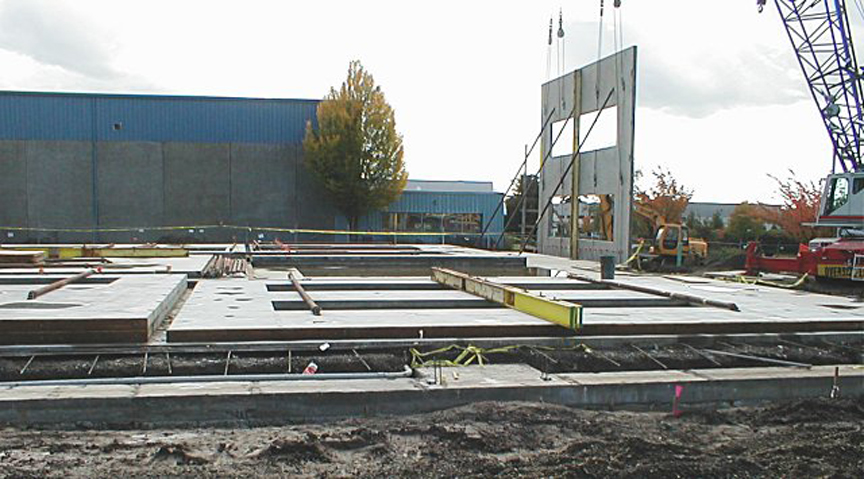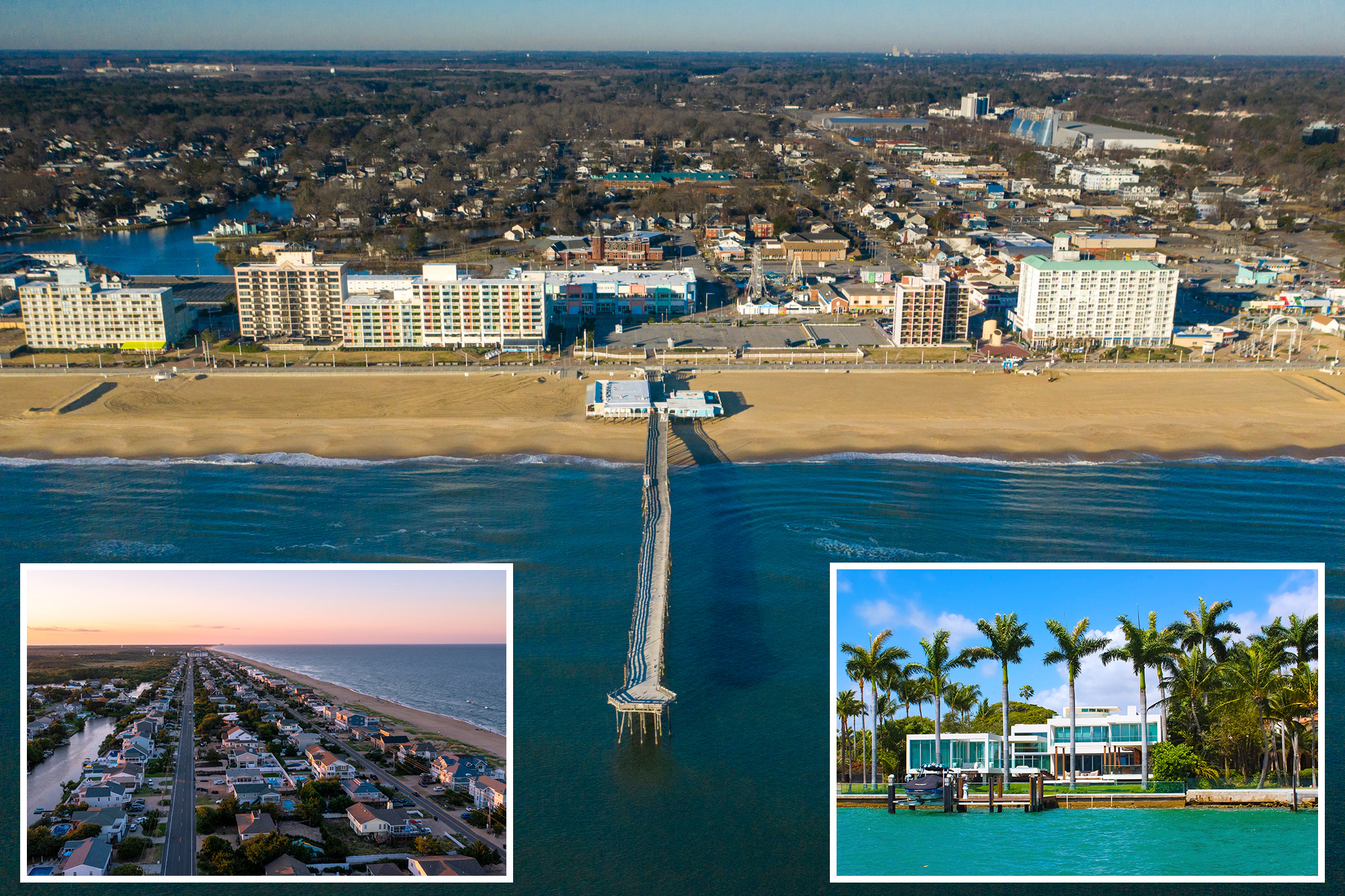I
was recently a guest on The Industrial Real Estate Podcast, hosted by fellow broker Chad Griffiths, a SIOR who co‑authored *Industrialize*. I, too, have written *The SEQUENCE*. Our 60‑minute chat—though not a Mike Wallace interview—was a deep dive into the evolution of industrial properties.
During the conversation I wondered: over the past two decades of brokerage, how many categories of industrial real estate have lost relevance? The reflection turned into a column, so here’s a concise review.
**Concrete block warehouses**
In the 1960s‑70s, Southern California’s small‑to‑mid‑size warehouses were built of concrete block: cheap, sturdy, and quick to erect. Decades later, block structures fell out of favor because they crack easily, offer limited design options, and are less energy‑efficient than tilt‑up panels. Today, investors immediately assess the cost of retrofitting for seismic safety or demolishing the building.
**Short‑height warehouses**
What was once “plenty of clearance” in the 1980s—16‑20 ft—was adequate for floor stacking and manual pallet handling. The rise of racking, e‑commerce fulfillment, and cubic efficiency pushed the minimum to 24 ft, with 32‑36 ft becoming standard. A 20‑ft clear building now attracts only small distributors or creative tenants like breweries; institutional tenants reject it outright.
**Limited truck loading**
Dock‑high loading used to mean a few truck wells at the rear. Modern logistics demand wide truck courts, multiple dock positions, and a 130‑ft depth to maneuver 53‑ft trailers. A shallow court or few docks instantly disqualifies a property. I’ve seen clients abandon otherwise functional sites because the loading configuration couldn’t meet contemporary needs.
**Telecom‑converted warehouses**
The 1990s telecom boom turned many warehouses into data centers: generators installed, raised floors added, and racks of equipment installed. When the bubble burst, these facilities were expensive, dark, and ill‑suited for their original purpose. Few could be economically reverted to warehousing, leaving them as white elephants and illustrating the risk of over‑specialization.
**Early dot‑com data centers**
Similar to the telecom conversions, the first wave of data centers built before the dot‑com collapse featured oversized chillers, under‑utilized floor space, and outdated cabling. They became obsolete within a decade. The market eventually shifted to purpose‑built, hyper‑efficient facilities, while the early versions were sold at discount or demolished.
**R&D flex buildings**
In the 1980s and 90s, R&D flex structures combined office, light manufacturing, and lab space, attracting tech startups, defense contractors, and medical firms. As those industries evolved, the hybrid model lost appeal; tenants preferred either pure warehouse/distribution or Class A creative office. Flex buildings with a 50/50 split became hard to lease, leading many to be scrapped, converted to logistics, or repurposed.
Obsolescence in industrial real estate is both predictable and instructive. What was cutting‑edge in 1985 can be functionally useless today. Brokers, investors, and occupants must recognize that buildings have life cycles. The key is spotting when a feature shifts from asset to liability and acting before market forces dictate the outcome.
Allen C. Buchanan, SIOR, principal at Lee & Associates Commercial Real Estate Services, Orange, can be reached at abuchanan@lee‑associates.com or 714‑564‑7104.














